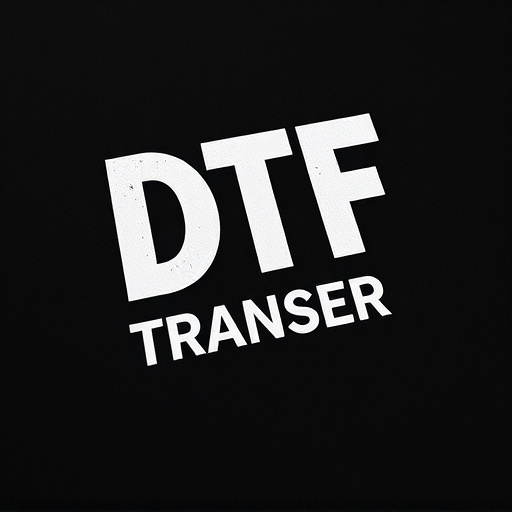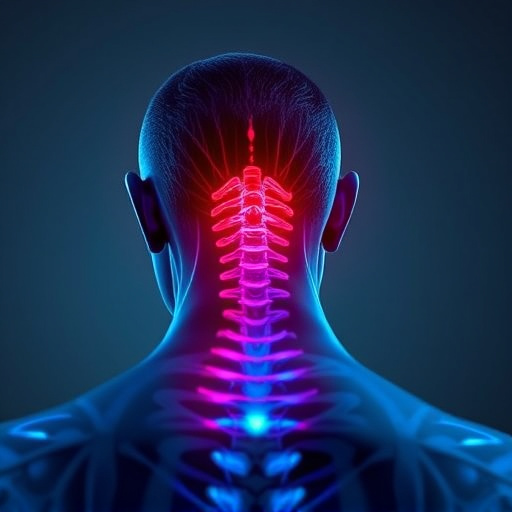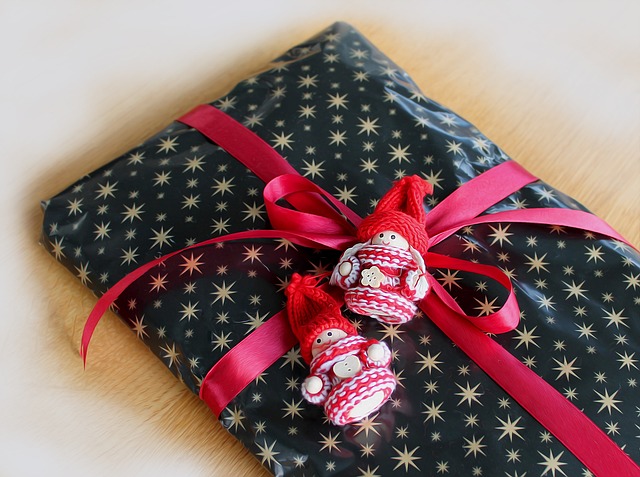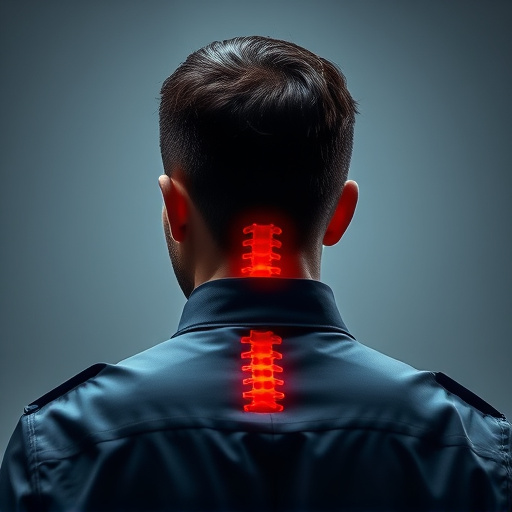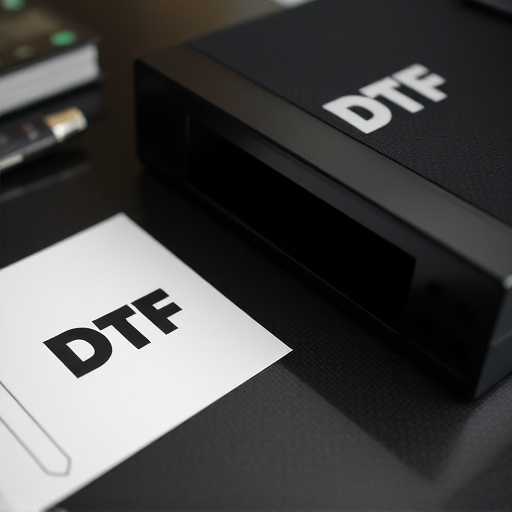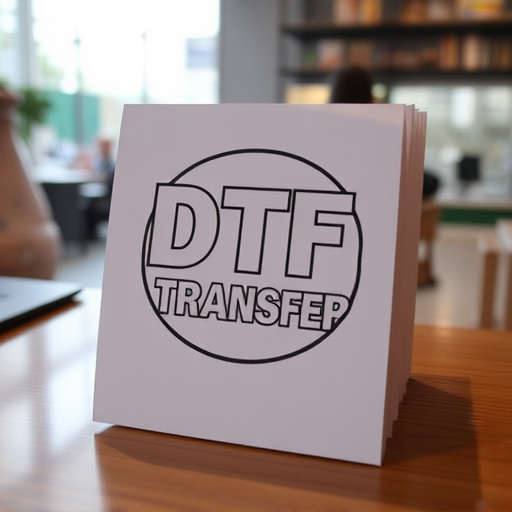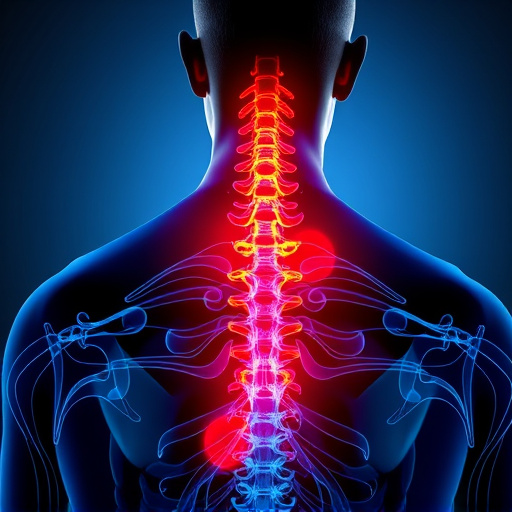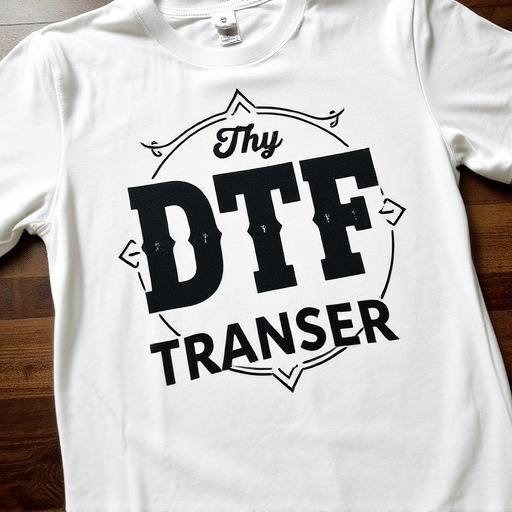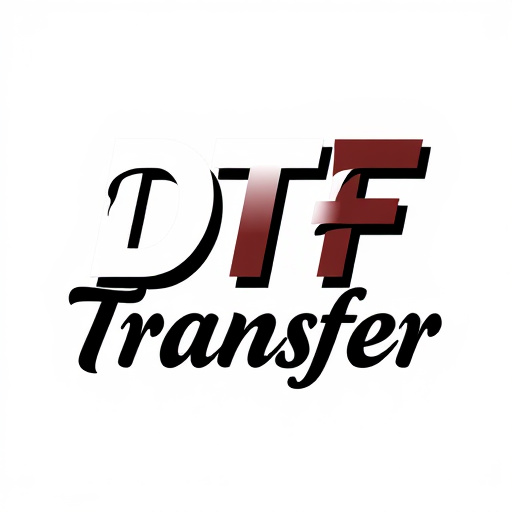Direct-to-Film (DTF) transfer printing is a revolutionary technique offering unparalleled longevity and durability for designs applied to diverse surfaces like fabric, wood, and metal. By eliminating traditional lamination or adhesive bonding failure points, DTF ensures signs and graphics withstand outdoor conditions, frequent handling, and temperature fluctuations. Advanced material science, precise application, and meticulous care extend the lifespan of DTF-applied graphics, with successful implementations across industries showcasing their resistance to weathering, corrosion, and color fading. Future advancements focus on enhancing weather resistance, solidifying DTF's position as a go-to solution for long-lasting, visually stunning art on film.
“Direct-to-film (DTF) transfer technology has emerged as a game-changer in design, offering exceptional longevity and resilience. This article explores the world of DTF, from its foundational understanding to its material science underpinnings. We delve into real-world applications, analyzing successful case studies while highlighting challenges and future prospects. Discover how DTF’s innovative approach enhances durability, making it a preferred method for enduring designs. By examining these aspects, we uncover the secrets behind the longevity and resilience of DTF applied designs.”
- Understanding Direct-to-Film (DTF) Transfer: A Brief Overview
- The Benefits of DTF for Longevity and Resilience in Design
- Material Science Behind DTF Applications: Key Factors for Durability
- Real-World Examples: Case Studies of Successful DTF Designs
- Challenges and Considerations for Maintaining Longevity
- Future Prospects: Innovations in DTF Technology for Enhanced Resilience
Understanding Direct-to-Film (DTF) Transfer: A Brief Overview

Direct-to-Film (DTF) Transfer is a cutting-edge printing technique that has revolutionized the way designs are applied to various surfaces. Unlike traditional methods, DTF involves transferring ink directly onto the film, allowing for intricate and detailed patterns. This process enables printers to achieve high-quality results on a wide range of materials, from fabric to wood and metal. The key advantage lies in its versatility; designers can create complex designs with fine lines, vibrant colors, and subtle gradients, ensuring exceptional visual appeal.
This modern approach streamlines the production process by eliminating the need for separate films or plates. It offers a cost-effective solution for both small-scale and large-batch projects, making it popular among businesses and artists alike. Moreover, DTF Transfer’s precision ensures longevity in designs, resisting fading and maintaining clarity over time, especially when applied to outdoor surfaces.
The Benefits of DTF for Longevity and Resilience in Design

Direct-to-film (DTF) transfer printing offers significant advantages in terms of longevity and resilience for applied designs. Unlike traditional methods, DTF eliminates many potential failure points associated with multiple layers of lamination or adhesive bonding. By transferring designs directly onto various substrates using specialized inks and presses, the risk of delamination, ink cracking, or adhesive degradation is substantially reduced. This results in longer-lasting designs that maintain their vibrancy and integrity over time, making DTF an excellent choice for projects requiring durability and weather resistance.
Furthermore, DTF enhances the structural integrity of applied graphics by creating a seamless fusion between the design and the substrate. The direct application minimizes the potential for edge lift or bulging commonly seen in laminated signs. This resilience is particularly valuable in demanding environments where designs are exposed to regular handling, outdoor conditions, or frequent changes. With proper care and maintenance, DTF-applied designs can withstand the test of time, retaining their aesthetic appeal and functional purpose for extended periods.
Material Science Behind DTF Applications: Key Factors for Durability
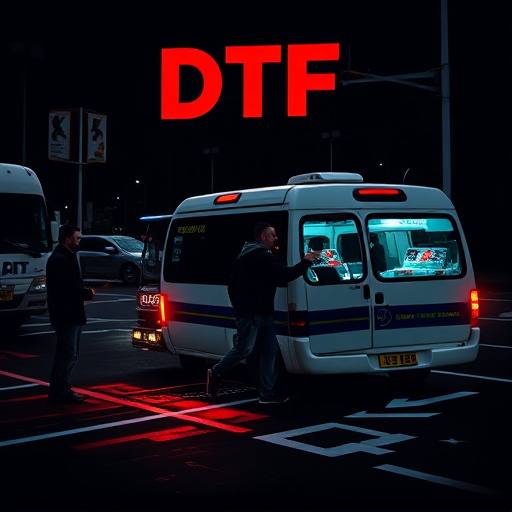
The material science behind Direct-to-Film (DTF) applications plays a pivotal role in ensuring their longevity and resilience. When it comes to durability, several key factors come into play. Firstly, the choice of materials is crucial; advanced polymers and coatings are engineered to withstand environmental conditions, including UV exposure, moisture, and extreme temperatures. These materials provide an impenetrable barrier, protecting the design’s integrity over time.
Additionally, the DTF transfer process itself contributes significantly to durability. This method involves precisely applying intricate designs directly onto various surfaces, allowing for complex patterns and high-quality results. The precision of this technology ensures that no weak points or gaps are left in the material, enhancing overall strength and resistance to wear and tear.
Real-World Examples: Case Studies of Successful DTF Designs
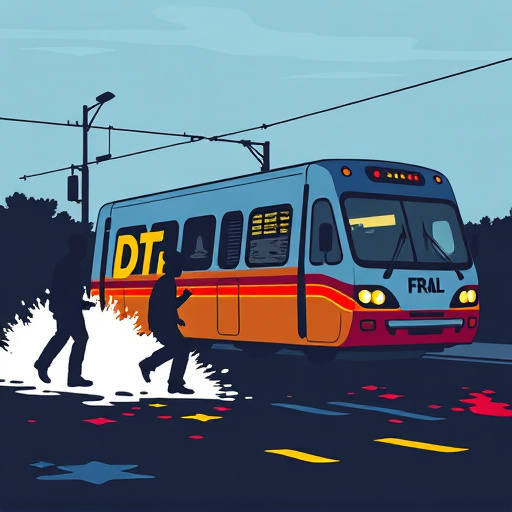
Direct-to-film (DTF) applied designs have proven their longevity and resilience through numerous real-world examples, showcasing successful implementations across various industries. Case studies highlight how DTF transfers have withstood the test of time in demanding environments, from outdoor signage to architectural features. For instance, a study on street furniture revealed that DTF-printed benches and trash cans installed in urban areas demonstrated superior resistance to weathering and corrosion compared to traditionally manufactured counterparts.
Another compelling example comes from the realm of automotive interiors, where DTF technology has been employed to create durable and aesthetically pleasing components. Researchers found that vehicle dashboards and door panels produced via DTF methods exhibited exceptional durability, colorfastness, and dimensional stability over extended periods. These case studies underscore the potential of DTF transfers to enhance product lifespans, offering cost-effective solutions for long-lasting and visually appealing applications.
Challenges and Considerations for Maintaining Longevity

Maintaining the longevity and resilience of direct-to-film (DTF) applied designs presents several challenges and considerations. One key factor is ensuring the durability of the materials used, as films and adhesives can degrade over time due to environmental factors like UV exposure, moisture, and temperature fluctuations. Regular inspection and maintenance are crucial to identifying and addressing any signs of deterioration early on.
Additionally, the DTF transfer process itself requires careful planning to guarantee long-term success. This includes proper preparation of both the substrate and the film, ensuring accurate alignment during application, and using high-quality equipment. Longevity also depends on effective bonding between the film and the surface, which can be influenced by factors such as surface cleanliness, adhesion promoters, and the choice of adhesive.
Future Prospects: Innovations in DTF Technology for Enhanced Resilience
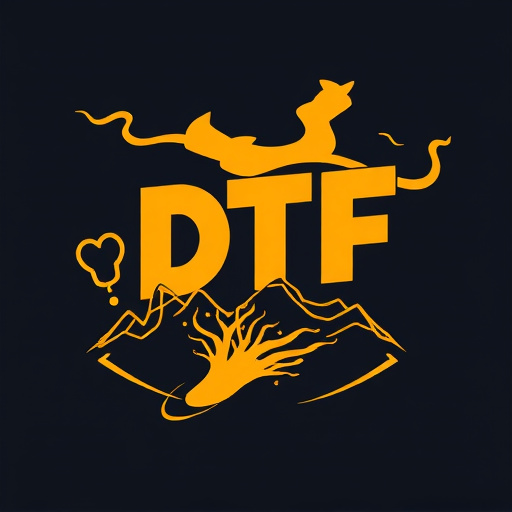
The future of direct-to-film (DTF) technology looks promising, with innovations aimed at further enhancing its longevity and resilience. As DTF transfer methods continue to evolve, new materials and printing techniques are being developed to create more durable and weather-resistant film applications. These advancements promise improved performance in harsh environmental conditions, ensuring that applied designs maintain their integrity over extended periods.
One area of focus is the integration of advanced polymers and coatings, which can provide additional protection against factors like UV radiation, moisture, and chemical exposure. By incorporating these innovations, DTF designs can become more versatile and suitable for a broader range of applications, from outdoor advertising to industrial signage. Such developments hold the key to creating long-lasting, visually appealing, and functional art on film, ensuring that direct-to-film technology remains a preferred choice in various industries.
